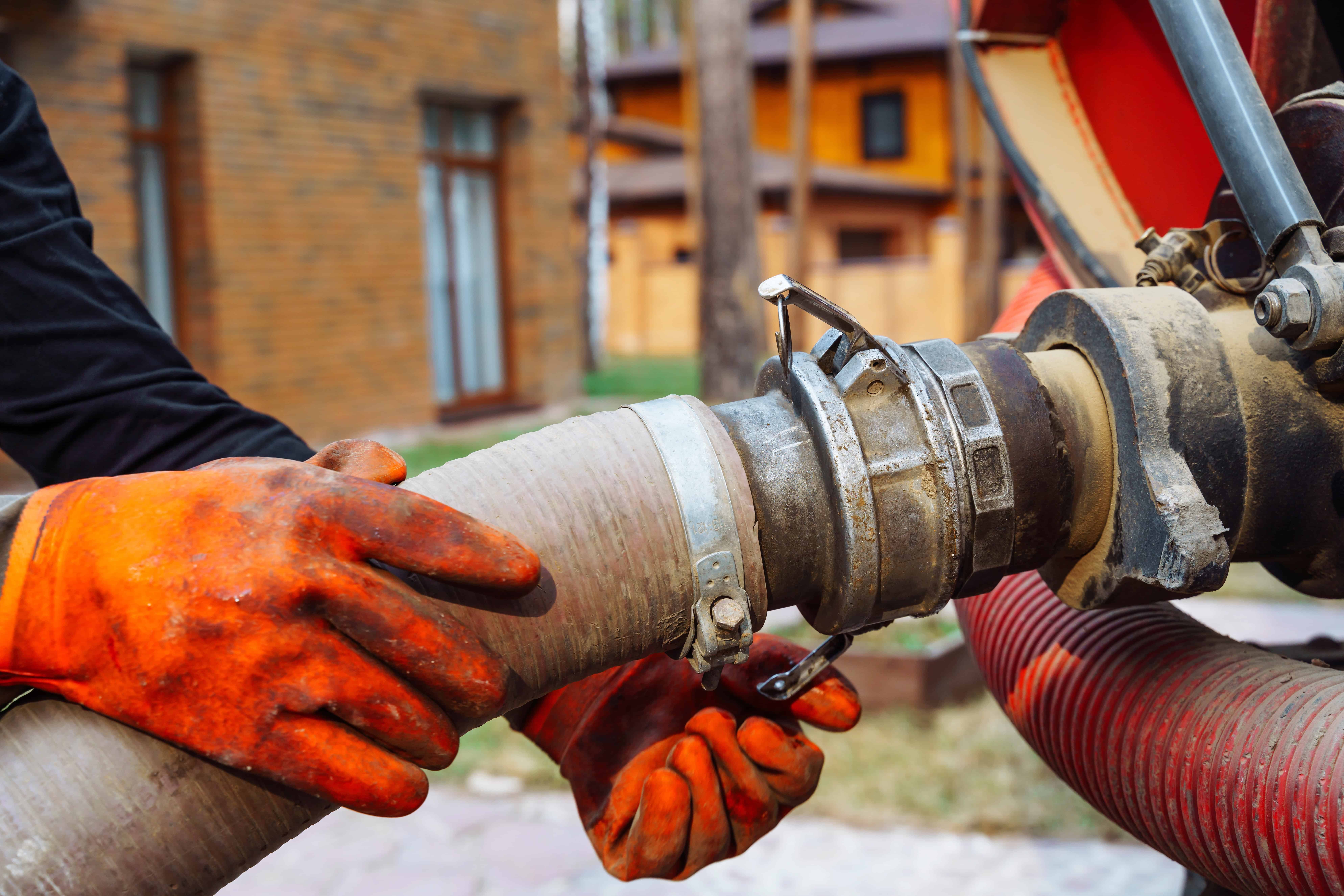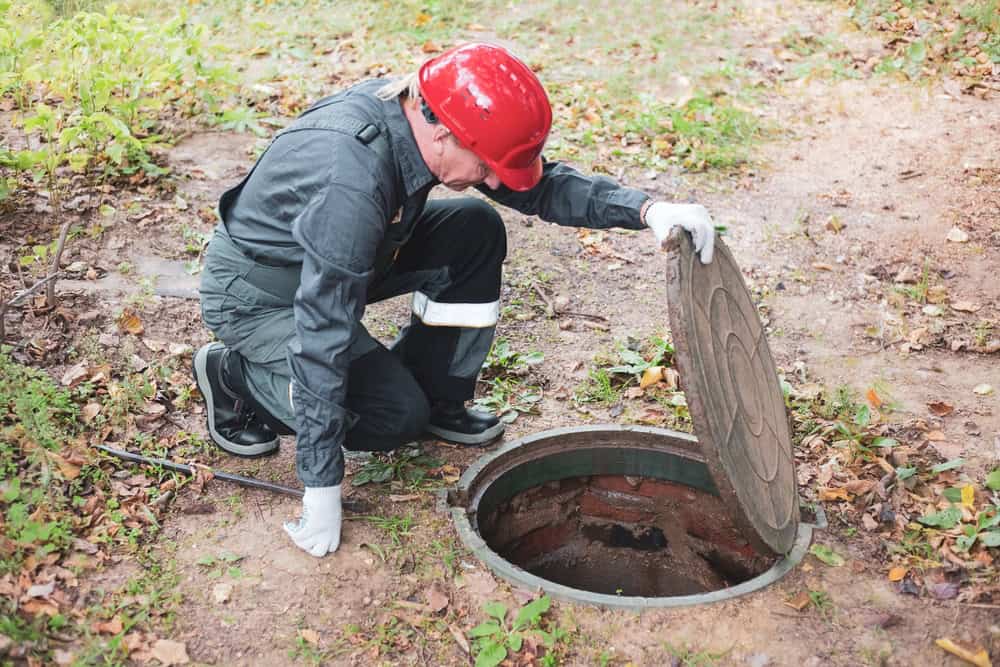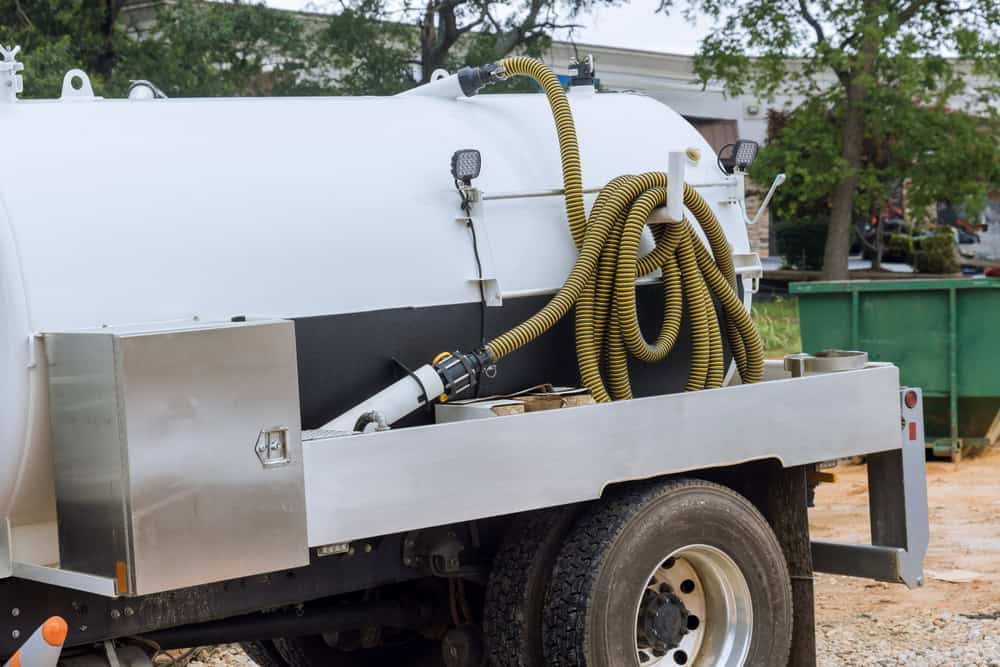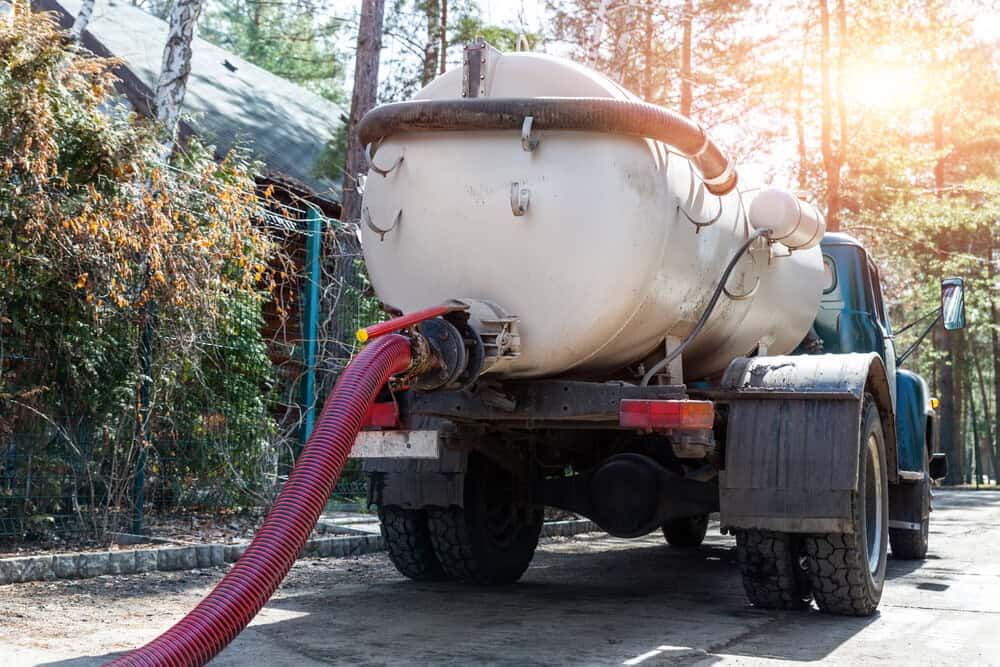Fast response, honest pricing, and septic tank services that actually solve the problem the first time.

Hear from Our Customers

You shouldn’t have to worry about your septic system failing at the worst possible moment. When it’s working right, you forget it exists.
That’s what proper septic tank pumping and maintenance get you. A system that handles everything your household throws at it without backups, odors, or emergency calls on weekends.
Regular septic service means your system lasts longer, works better, and saves you from those nightmare scenarios where sewage backs up into your home. It’s not glamorous work, but it keeps your property value intact and your family comfortable.
We’ve been handling septic tank services across Islip and Long Island for years. We understand how sandy soil and high water tables affect your septic system differently than other areas.
Our licensed technicians have seen every type of septic problem that happens in this area. From older systems that need more frequent pumping to new installations that require proper permitting and inspection.
We’re not the cheapest option, and we’re upfront about that. You’re paying for technicians who show up when they say they will, equipment that gets the job done right, and service that actually fixes problems instead of creating new ones.

First, we inspect your septic tank to see what we’re dealing with. We locate the tank, check the access points, and assess how much pumping is needed. No surprises or hidden problems halfway through the job.
Next, we pump out the tank using professional equipment that removes all the accumulated solids and liquids. We’re careful about your landscaping and driveway – this isn’t a messy process when it’s done right.
After pumping, we inspect the tank condition, baffles, and inlet/outlet pipes. If we spot potential problems, we’ll let you know what needs attention now versus what you can monitor for later. You get a clear picture of where your septic system stands and what to expect going forward.

Ready to get started?
Our septic tank services cover everything from routine pumping to complete system installations. We handle septic tank pumping for regular maintenance, emergency pumping when systems back up, and septic system installation for new construction or replacements.
For Islip properties, we’re familiar with local soil conditions that affect how septic systems perform. Sandy soil drains differently than clay, and high water tables create challenges that require specific installation techniques and maintenance schedules.
Whether you need septic tank installation, system repairs, or just regular pumping service, we bring the right equipment and experience to handle it properly. Our septic tank specialists understand Long Island regulations and permitting requirements, so your installation or repair work meets all local codes.
